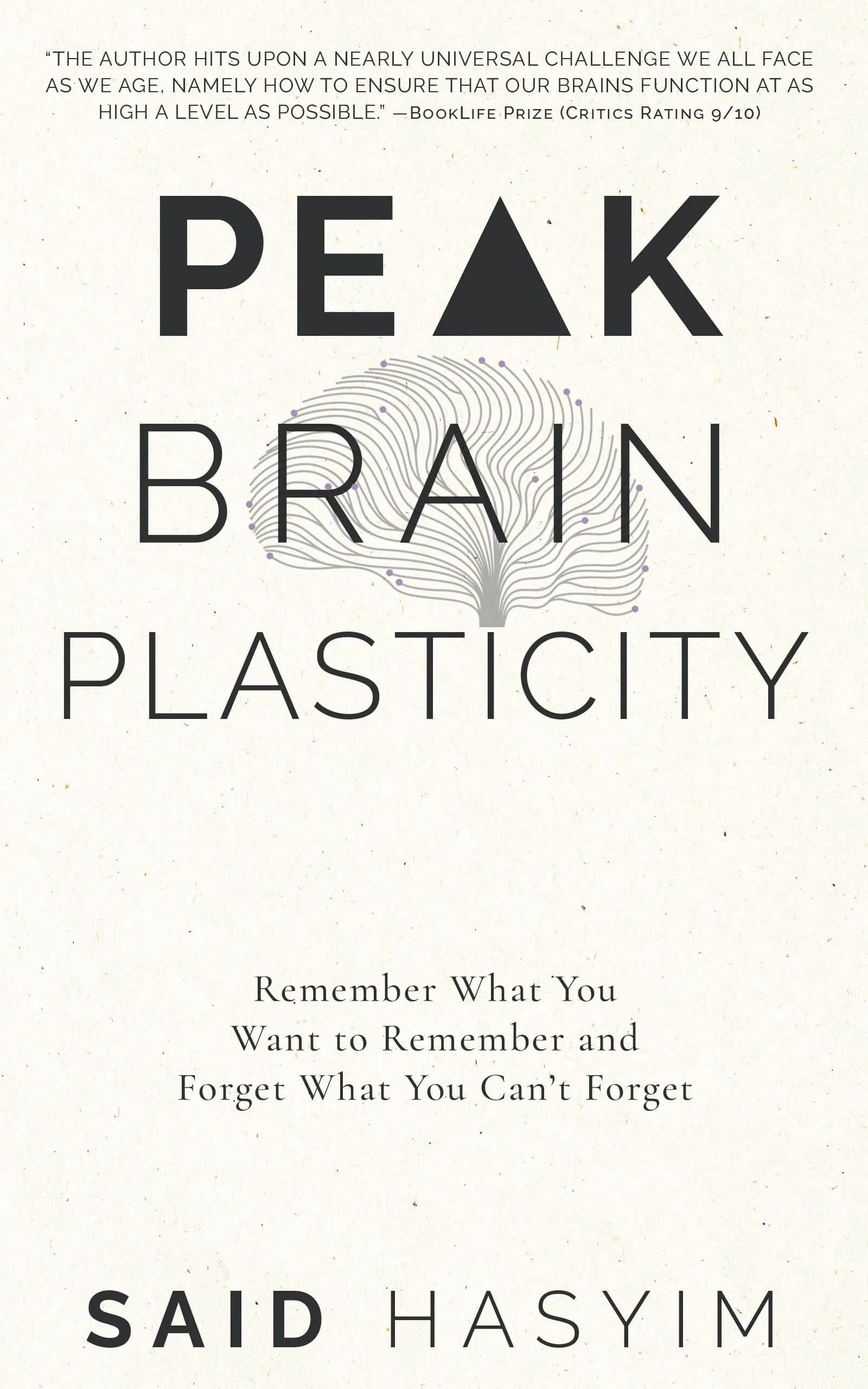How to Use Visualization to Improve Memory Retention
Memory is an essential aspect of our cognitive capabilities, enabling us to learn, recall information, and make sense of the world. Many techniques can enhance your memory retention, and one powerful tool in this arsenal is visualization. This blog post will explore how to use visualization to improve memory retention, why it works, and practical steps to incorporate it into your learning process.
Understanding Visualization
Visualization is the process of creating mental images to represent information. It taps into the brain's natural ability to remember vivid imagery better than abstract concepts or straightforward facts. By creating strong mental associations through visual imagery, you can enhance your memory retention and recall.
The Science Behind Visualization and Memory
Dual-Coding Theory: According to the dual-coding theory proposed by Allan Paivio, our brains process information through two channels: verbal and visual. When you encode information both as words and images, you create multiple pathways for retrieval. This dual approach makes it easier to recall information later.
Gestalt Psychology: This approach emphasizes the idea that we perceive whole objects rather than individual parts. When using visualization, we form an overall impression that can help us remember details associated with that image.
Emotional Connection: Vivid images tend to evoke emotions, making them more memorable. The limbic system, which is closely linked to emotions, plays an important role in storing memories, particularly emotional ones. Incorporating emotional elements into your visualizations can strengthen your recollection.
How to Use Visualization Techniques
Now that we understand the underlying principles, let's dive into practical techniques for utilizing visualization to improve memory retention effectively:
1. The Method of Loci
The Method of Loci, also known as the memory palace technique, involves associating information with specific locations. Here’s how to use it:
- Select a Familiar Place: Choose a location you know well, like your home or a route you take frequently.
- Identify Key Points: Break down the places within your chosen location into distinct areas (rooms, landmarks, etc.).
- Visualize Information: For each piece of information you want to remember, create a vivid, exaggerated image and associate it with the specific area in your location.
- Walk Through Your Palace: To recall the information, mentally walk through your location and retrieve the images associated with each point.
2. Acronyms and Acrostics
Acronyms (like NASA) and acrostics (like "Every Good Boy Deserves Fruit" for musical notes) turn complex information into memorable phrases. Here’s how to visualize them:
- Create a Vivid Story: When forming an acronym or acrostic, develop a mental story that links the words together visually. Picture each component interacting in an imaginative scenario.
- Make It Personal: Adapt the images to be relevant to you—use familiar places, people, or objects to make the visual image more impactful.
3. Mind Mapping
Mind maps are visual tools that help organize information hierarchically around a central concept. Here’s how to create an effective mind map:
- Start with a Central Idea: Write down your main topic in the center of a blank page.
- Branch Out: Create branches for subtopics, adding keywords and key ideas.
- Incorporate Images: Draw or use symbols, colors, and shapes to represent different concepts and enhance recall.
- Review and Revise: Use your mind map to review the information frequently, revising and connecting it with new data.
4. Storytelling with Imagery
Transforming information into a story can make it easier to remember. Here’s a simple process:
- Identify Key Elements: Break down the information into essential points or characters.
- Create a Narrative: Develop a storyline incorporating these elements, using colorful imagery to describe actions and settings.
- Visualize the Story: Imagine the story play out in your mind with as much detail as possible. The more vivid the imagery, the better your retention will likely be.
5. Chunking with Visualization
Chunking involves breaking down information into smaller, manageable units. Pair it with visualization:
- Identify Chunks: Group related information into chunks (e.g., phone numbers, dates, concepts).
- Visualize Each Chunk: Create a mental image for each chunk of information. For example, visualize a giant number for a sequence or represent concepts using distinctive visuals.
Tips for Successful Visualization
To maximize the effectiveness of visualization techniques:
- Be Creative: Use your imagination to create unique and engaging images that stand out.
- Practice Regularly: Incorporate visualization into your daily life and study routines for greater effectiveness.
- Use Multi-Sensory Input: Engage multiple senses by incorporating sounds, smells, or movements into your visualization.
- Stay Positive: Cultivate a positive mindset about your memory abilities. Confidence can significantly influence performance.
Conclusion
Visualization is a powerful technique that can transform your learning experience and greatly enhance memory retention. By leveraging the mind's natural propensity for imagery, you can create strong associations and improve recall. Whether you're a student, a professional, or anyone looking to bolster their memory, incorporating these visualization techniques into your study routine can lead to remarkable improvements. Give these methods a try and watch your memory flourish!
Now, get started and create those vivid images in your mind! Whether it's through the method of loci, storytelling, or mind mapping, you're better equipped to remember and recall information more effectively. Happy visualizing!
Harness the Power of Neuroplasticity
Discover Peak Brain Plasticity, a practical book to harnessing neuroplasticity. Enhance your memory, learn new languages quickly, and alleviate anxiety with effective study methods. Uncover daily habits that impact cognitive health and explore techniques for accelerated learning and memory retention. Unlock your brain's potential for growth and transformation.
